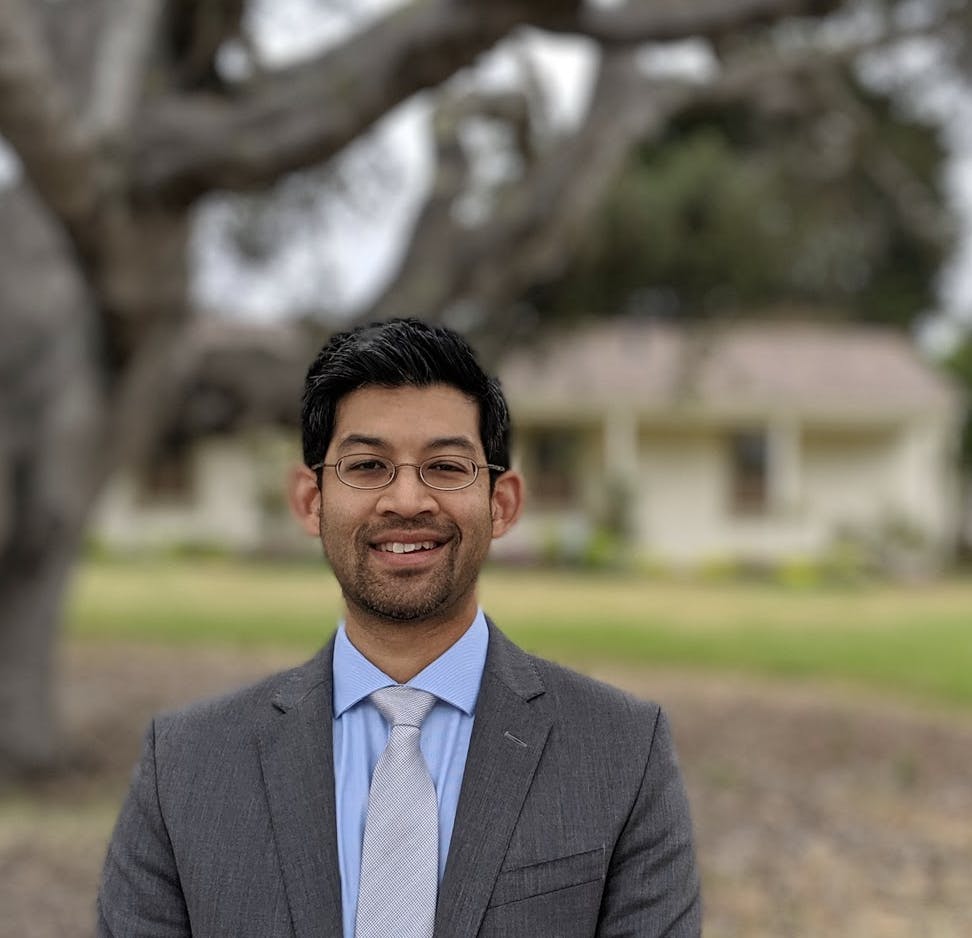Council District Election Process/Proceso de elecciones de los distritos del consejo
The District-Based Election process is now complete. The page is still available for review.
The District-Based Election process is now complete. The page is still available for review.
Council Chooses to Establish Four Councilmember Districts and a Mayor Elected At-Large - SEE FINAL MAP - The City Council directed staff to draft an ordinance adopting the voting district map known as the “Dolphin” map and placing the Council District 1 and 2 seats on the November 8, 2022 ballot, and the Council District 3 and 4 seats on the November 5, 2024 ballot.
VEA LAS ÚLTIMAS NOTICIAS ACTUALIZADAS A CONTINUACIÓN
El Ayuntamiento opta por establecer cuatro concejales por distrito y un alcalde general
MONTEREY CITY COUNCIL ADOPTS RESOLUTION TO CONVERT FROM AN AT-LARGE METHOD OF ELECTION TO A BY-DISTRICT SYSTEM
At its meeting on Tuesday, November 16, 2021, the City Council adopted a Resolution of Intention as amended to convert from the current at-large method of electing City Councilmembers to a by-district system. The resolution does not change the structure of the City Council; instead it starts the process to implement a district based election system where the City is divided into separate geographical areas of equal population, composed of voters residing within the district which elect a representative who also resides within the district. The resolution adoption triggers the public hearing timeline - see timeline at right (may be subject to change).
EL CONSEJO DE LA CIUDAD DE MONTEREY ADOPTA UNA RESOLUCIÓN PARA CAMBIAR DE UN MÉTODO DE ELECCIONES GENERALES A UN SISTEMA POR DISTRITOS
En su reunión del martes 16 de noviembre de 2021, el Consejo Municipal adoptó una Resolución de Intención en su forma enmendada para cambiar del método general actual de elegir a los Concejales de la Ciudad a un sistema por distritos. La resolución no cambia la estructura del Consejo Municipal; en su lugar, inicia el proceso para implementar un sistema electoral distrital en el que la ciudad se divide en áreas geográficas separadas con una población igual, compuestas por votantes que residen dentro del distrito y que eligen a un representante que también reside dentro del distrito. La adopción de la resolución activa el cronograma de las audiencias públicas; consulte el cronograma a la derecha (puede estar sujeto a cambios).
The City Council welcomes and encourages feedback from the community on the composition of the yet-to-be-formed voting districts. There are several mandatory criteria that the City must comply with when the districts are created:
a) Population equality across districts (districts shall be nearly as equal in population).
b) Race cannot be the “predominant” factor or criteria when drawing districts.
c) Compliance with the Federal Voting Rights Act (FVRA), which, among other things, prohibits districts that dilute minority voting rights, and encourages a majority-minority district, if the minority group is sufficiently large, and such a district can be drawn without race being the predominant factor.
In addition, the California Elections Code requires to the extent practicable, that district lines compliant with the Federal Voting Rights Act and be adopted using the following criteria, in the following order of priority:
1. Geographically contiguous districts (each city council district should share a common border with the next).
2. To the extent practicable, the geographic integrity of any local neighborhood or local community of interest shall be respected in a manner that minimizes its division.
3. Council district boundaries should be easily identifiable and understandable by residents.
4. To the extent practicable, and where it does not conflict with the preceding criteria in this subdivision, council districts shall be drawn to encourage geographical compactness in a manner that nearby areas of population are not bypassed in favor of more distant populations.
5. The council shall not adopt council district boundaries for the purpose of favoring or discriminating against a political party.
Criterios para la creación de distritos El ayuntamiento aceptará y fomentará la información de la comunidad sobre la composición de los distritos electorales aún por formar. Hay varios criterios obligatorios que la ciudad debe cumplir cuando se creen los distritos:
a) Igualdad de población entre los distritos (los distritos deberán ser casi iguales en población).
b) La raza no puede ser el factor o criterio “predominante” al trazar los distritos.
c) Cumplimiento de la Ley Federal sobre el Derecho al Voto (FVRA, por sus siglas en inglés), que, entre otras cosas, prohíbe los distritos que diluyan los derechos de voto de las minorías, y fomenta la creación de un distrito con mayoría de minorías, si el grupo minoritario es lo suficientemente grande, y dicho distrito puede trazarse sin que la raza sea el factor predominante.
Además, el código electoral de California exige, en la medida de lo posible, que las líneas de los distritos cumplan con la ley federal de derecho al voto y se adopten utilizando los siguientes criterios, en el siguiente orden de prioridad:
1. Distritos geográficamente contiguos (cada distrito municipal debe compartir una frontera común con el siguiente). Las zonas que sólo se encuentran en los puntos de las esquinas adyacentes no son contiguas. Las zonas que están separadas por el agua y no están conectadas por un puente, un túnel o un servicio regular de transbordador no son contiguas.
2. En la medida de lo posible, se respetará la integridad geográfica de cualquier barrio o comunidad de interés local de manera que se minimice su división. Una “comunidad de interés” es una población que comparte intereses sociales o económicos comunes que deben ser incluidos dentro de un único distrito a efectos de su representación efectiva y justa. Las comunidades de interés no incluyen las relaciones con partidos políticos, titulares o candidatos políticos.
3. Los límites de los distritos municipales deben ser fácilmente identificables y comprensibles para los residentes. En la medida de lo posible, los distritos del ayuntamiento deberán estar delimitados por barreras naturales y artificiales, por calles o por los límites de la ciudad.
4. En la medida de lo posible, y siempre que no entre en conflicto con los criterios anteriores de esta subdivisión, los distritos del ayuntamiento se trazarán para fomentar la compactación geográfica de manera que las áreas de población cercanas no sean obviadas en favor de poblaciones más distantes.
5. El ayuntamiento no adoptará los límites de los distritos del ayuntamiento con el propósito de favorecer o discriminar a un partido político.
BACKGROUND
The district elections conversion is in response to a letter received September 25, 2021 from the League of United Latin American Citizens (LULAC), District 12 (Monterey, San Benito, and Merced counties), to switch to district-based elections.
The California Voting Rights Act of 2001 (“CVRA”) was enacted to implement the California constitutional guarantees of equal protection and the right to vote. (Elections Code section 14031.) Although the CVRA is based on the federal Voting Rights Act, it. expands the protections provided under federal law. Should the City Council vote to adopt the Resolution of Intention to Transition from At-Large to District Based Elections, the City will hold a minimum of five (5) public hearings and conduct an extensive public engagement process over a 90-day period to gather input on communities of interest, and how councilmember districts should be defined, drawn, and adopted. Public hearings and information about the districting process will be available in English and Spanish.
The Monterey City Council invites and encourages public participation at its meetings. Requests for language interpretation may be made by contacting the City Clerk at cityclerk@monterey.org or (831) 646-3935. The City Clerk will make every effort to accommodate requests for interpreter assistance. Requests should be made as soon as possible in advance of any meeting of the City Council. The City is committed to addressing language interpretation requests swiftly in order to maximize public participation.
El Consejo Municipal de Monterey invita y alienta la participación del público en sus reuniones. Se puede solicitar interpretación de idiomas comunicándose con el secretario de la ciudad a cityclerk@monterey.org o (831) 646-3935. El secretario de la ciudad hará todo lo posible para adaptarse a las solicitudes de asistencia de interpretación. Las solicitudes deberían hacerse lo antes posible antes de cualquier reunión del Consejo Municipal. La Ciudad se compromete a atender las solicitudes de interpretación de idiomas con rapidez para maximizar la participación del público.









